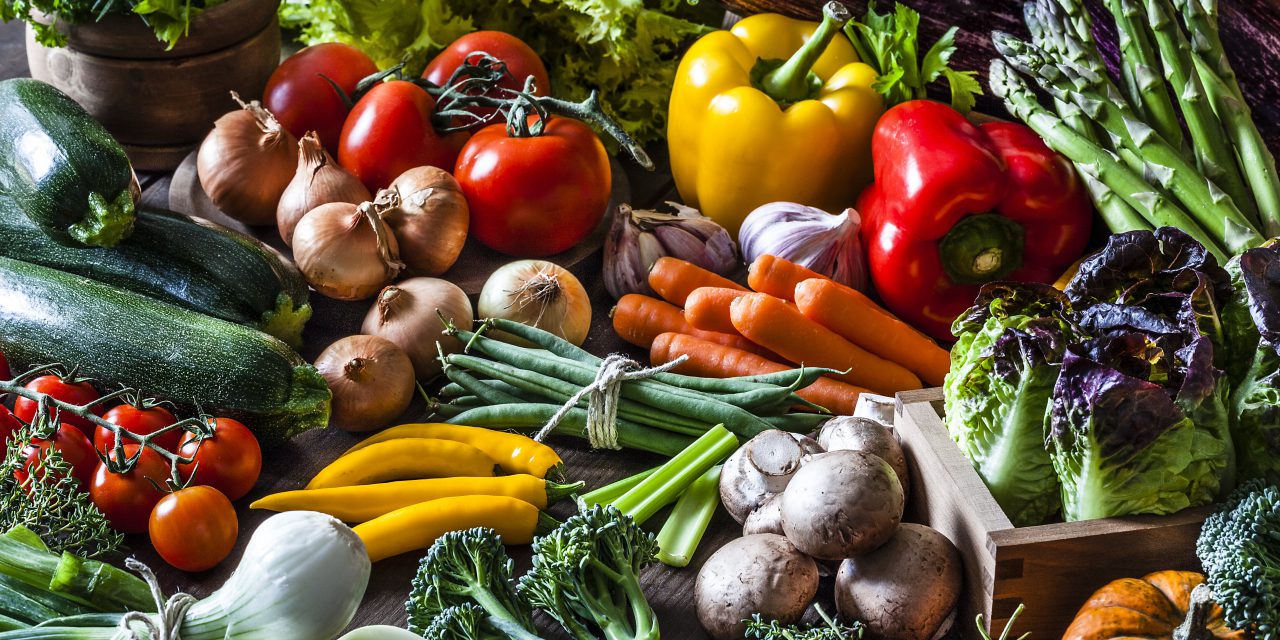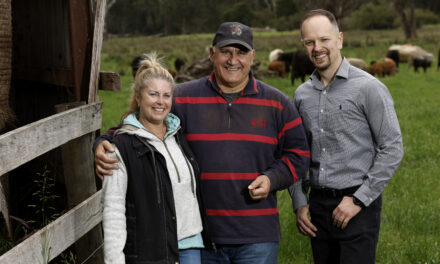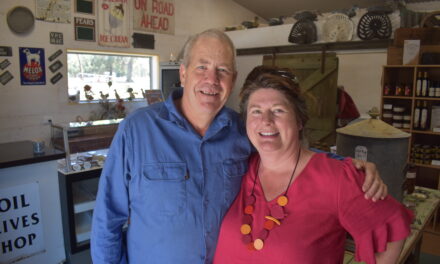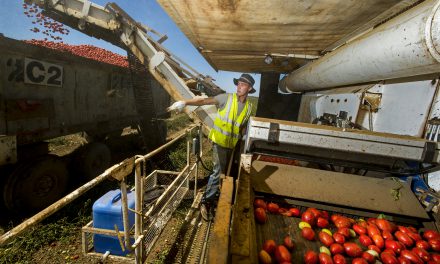Food fraud – an intentional act of tampering with food for economic gain – is estimated to affect up to 10 per cent of all commercially sold food products.
A leading food safety certification and training organisation explains the seven types of food fraud that all Australian businesses in the food supply chain – from farmers to manufacturers – need to look out for.
SAI Global audits thousands of food retailers and manufacturers annually to ensure they comply with global food safety standards, and trains thousands of Australian food handlers annually on food safety through its tailored training, public courses and webinars.
Its certification process ensures that businesses are adequately protected against risks and hazards in the food supply chain that could impact consumers and their employees, including food fraud.
Drawing on SAI Global’s years of experience in the area, the company’s food safety spokesperson Maidie Wood warns of the ‘hidden’ risks in a company’s supply chain that must be identified, understood and effectively managed.
“Food fraud is designed to be undetected by food brands, so it is often difficult to know its true nature and reach. When it does occur, it can be because the food brand has not formally monitored suppliers, or it has poor supplier relationships, pointing to a need for greater supplier management.
“As food supply chains become increasingly globalised and complex, with geopolitical risk factors increasing and more environmental variables impacting the availability of raw ingredients, not only will food fraud persist, it will evolve to thwart new measures introduced to stop it.”
SAI Global runs food fraud vulnerability training for organisations in the food and agriculture industry and helps them to develop a food fraud mitigation plan to reduce the identified risks.
These include procedures to ensure that new and emerging threats in the supply chain are identified and mitigated to prevent their occurrence.
Based on its experience, SAI Global has revealed the seven most common types of food fraud.
SAI Global reveals the 7 types of food fraud that are prevalent in the food industry:
Adulteration. In its audits, SAI Global finds that many food businesses do not have strong enough measures in place to protect their foods from adulteration, the act of adding another substance to a food item, usually for profit. One of the food ingredients most at risk of adulteration are spices, such as oregano leaves. In 2016, an Australian distributor of oregano leaves, was fined $10,800 by the ACCC after its product was found to contain less than 50 per cent oregano leaves.[1]
Tampering. Product or package tampering is the intentional modification – or sabotage – of a food product or packaging, usually in a way that can make them harmful to the consumer. A major example was the strawberry tampering incidents in September 2018, whereby sewing needles were inserted into Australian strawberries. It led to a series of copycat incidences in the industry, with devastating consequences for strawberry growers across the country. Tampering is not only related to food. The deliberate extension of expiry dates beyond the accepted parameter on dairy or meat products are other examples of tampering that can have potentially hazardous consequences.
Over run (or unauthorised production). This type of food fraud refers to legitimate products that are made in excess of production agreements. The additional production volume can then end up in the supply chain under alternative, sometimes misleading labels. The potential public health threat is that fraudulent product is distributed outside of a regulated or controlled supply chain.
Theft. This is wherelegitimate products are stolen and enter the market through less regulated – sometimes criminal – means. The danger comes when products are smuggled, co-mingled with other products, and then re-distributed to reach a target market. In the USA, food and drink are the largest dollar value of cargo theft, with the International Union of Food Science and Technology (IUFoST) reporting food and drink as the most stolen type of freight since 2008.[3]
Diversion. This refers to the sale or distribution of legitimate products that never actually reach their target market. A good example is the diversion of relief food to markets where aid is not needed or required. The UN’s food relief agency recently found that local officials in Sana’a, in Yemen, were manipulating the food assistance lists that determine who receives aid and were “illicitly” removing food from distribution centres.
Counterfeit. Food fraud extends to immediate or imminent counterfeiting – the act of passing off inferior goods as established and reputable brands. This includes the production of known, branded foods outside of regulatory controls, with some of the most common being olive oil, spices (like cinnamon and oregano), and honey.
Simulation. Imitation may be the highest form of flattery, but not in the case of food fraud. Simulation, which is very close to counterfeiting, occurs when an illegitimate product is designed to look like, but not exactly copy, the legitimate product. An Australian honey company came under fire in 2018 after tests found almost half of supermarket honey samples had been adulterated with sugar syrup. Essentially, fraudsters had created a ‘knock off’ honey and were selling it for a higher price, which led to Capilano’s reputation being damaged.








